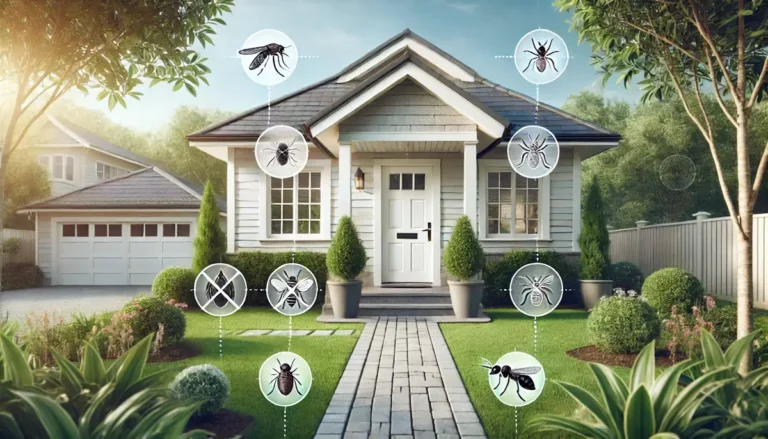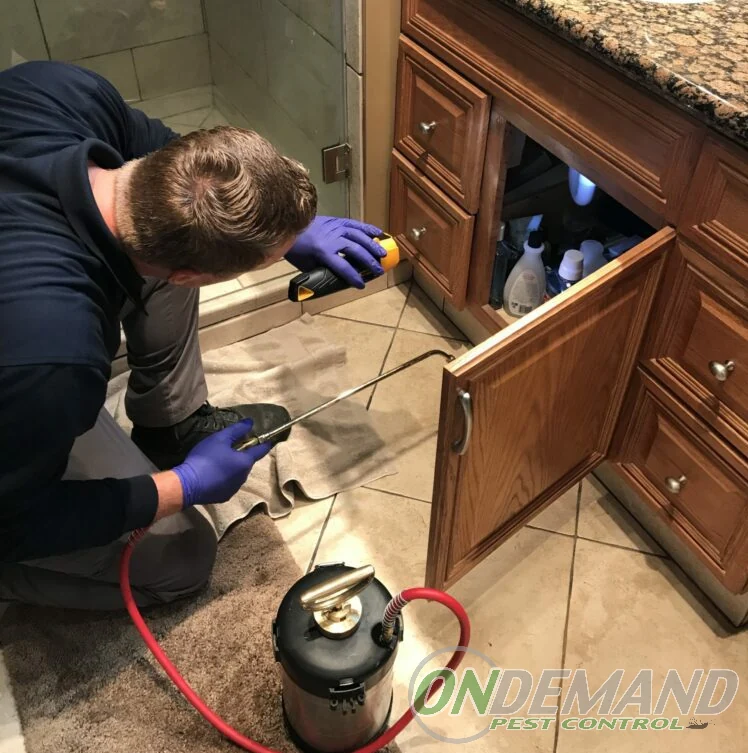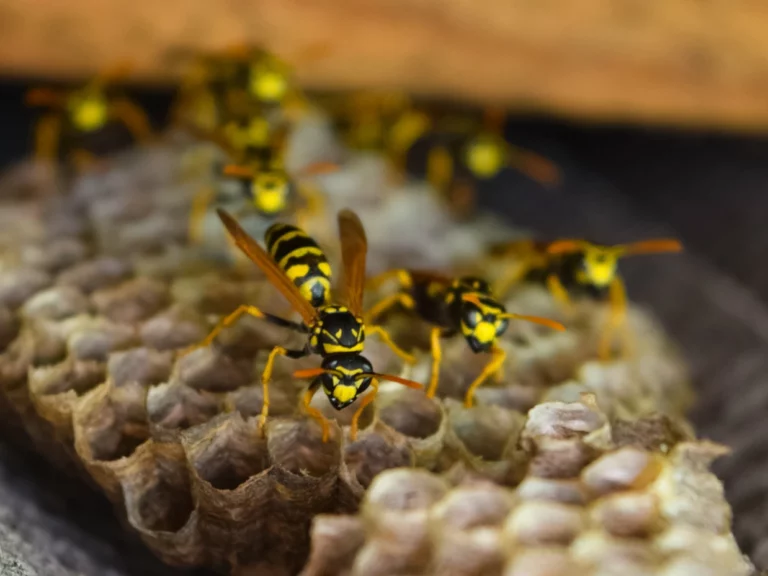Signs of Carpenter Ant Damage and Infestations
Carpenter ants may destroy the wood in which they build their nests. In rare situations, carpenter ant colonies may grow to include a number of satellite nests if allowed unchecked. A skilled pest control company can help you get rid of an infestation and limit the likelihood of it returning.
Carpenter ants seldom build their nests in dry wood. Attic vents, foundation gaps, electrical cables, pipelines, and telephone lines are common entrance places for pests. Building materials including structural timber, hollow doors, windows, and foam panels are popular nesting sites for carpenter ants. Carpenter ants like wood that has been weakened by moisture, rot, or other insects.
Infestation Signs
Carpenter ant workers are the most evident symptom of an infestation in a structure or residence. This does not necessarily mean that carpenter ants have set up shop in the building, but it does mean that they are there. Forager carpenter ants can search for food at large distances from their nests.
When a carpenter ant infestation is extensive, mounds of wood shavings are generally seen under wooden things. Carpenter ants build their nests by burrowing into wood, and an infestation may be recognized by the slight rustling sounds that are heard within woodwork and walls. Large winged ants, which emerge from ceilings and other concealed places, are a sure sign of an infestation.
Carpenter Ant or Termite Infestation?
The difference between a carpenter ant infestation and a termite infestation:
Termites and the larvae of certain beetles devour wood. In fact, wood isn’t even nutritious to carpenter ants; they only destroy it in the process of building their nests. A termite infestation may be distinguished from a carpenter ant infestation by looking at the damaged wood.
Subterranean and drywood termites are the two most common forms of termites that infest structures. Carpenter ant infestations may be recognized from termite infestations of both sorts. You must look at the hollowed-out wood in order to differentiate between carpenter ants and termites.
Carpenter ants clean and polish their tunnels of wood so that they seem smooth inside, while subterranean termites’ galleries are filled with dirt. Similarly, carpenter ant galleries feature holes through which worker ants expel unwanted debris. There are several clear signs of a carpenter ant colony lurking under the surface of wood. Outside the nest entrances, wood shavings, debris, dead insects, and other material are common. There are a variety of shapes and sizes in the shavings, which are reminiscent of pencil shavings. Drywood termites also produce frass, but their debris are the same shape and size.
Even while carpenter ants don’t inflict as much damage as termites, their nests may have a long-term impact on a structure. An expanding colony damages the wood as it expands in number, resulting in even more harm.




